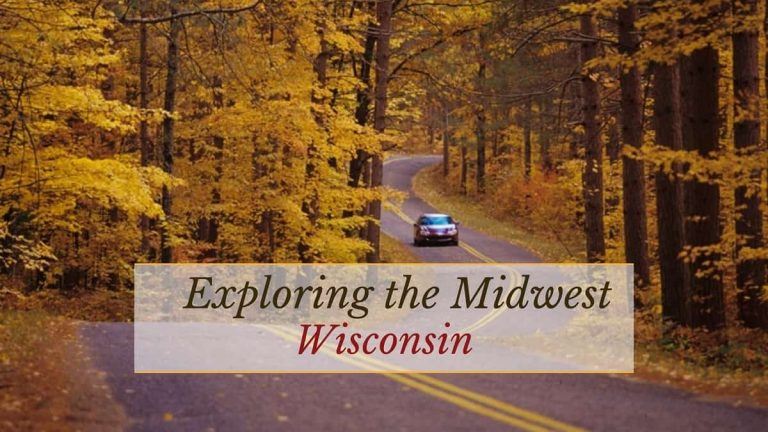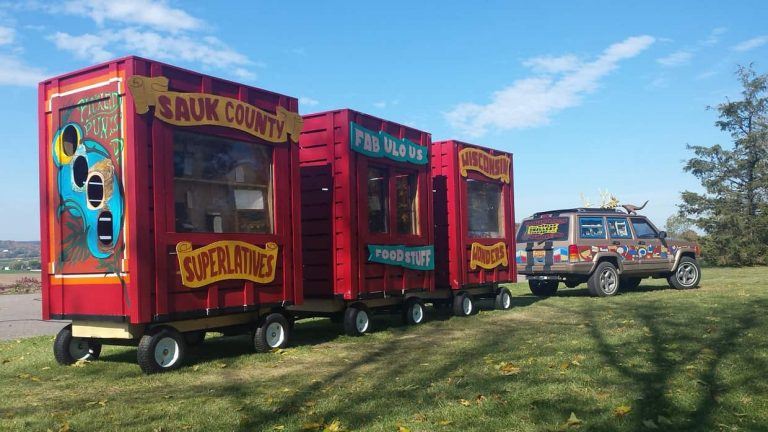Indiana Medical History Museum | Exploring the Midwest Podcast Episode 20
Last Updated on February 9, 2022 by Jody Halsted
Modern medicine is pretty incredible. But have you ever stopped to wonder how we got this far?
This episode features the Indiana Medical History Museum. Sarah Halter is Executive Director at the Museum.
Podcast: Play in new window | Download (Duration: 25:26 — 58.2MB)
Subscribe: Apple Podcasts | Spotify | Amazon Music | RSS | More
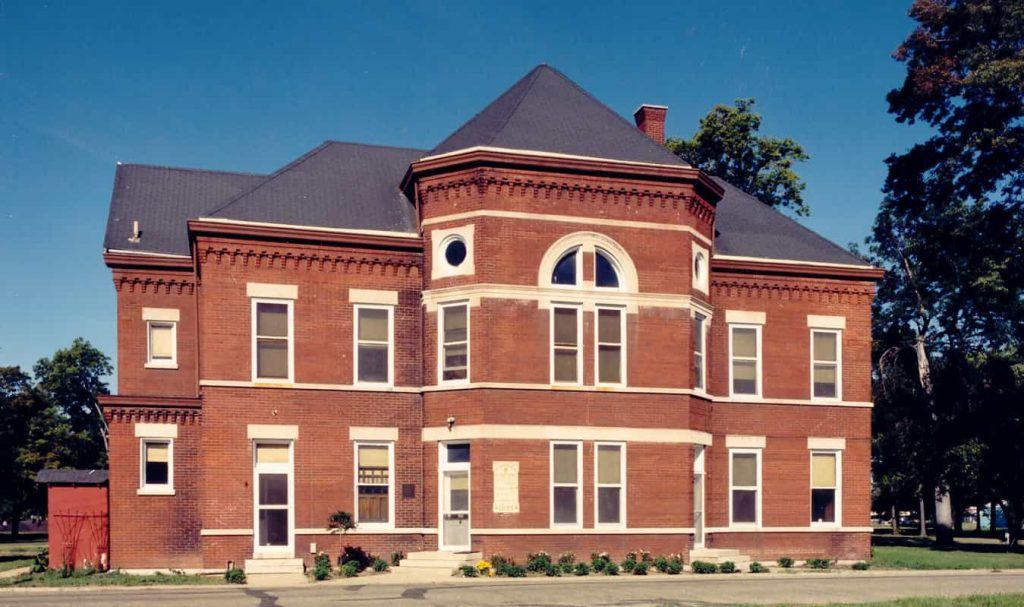
Click here to add this to your Midwest Travel board on Pinterest!
About the Indiana Medical History Museum
Stepping into the Indiana Medical History Museum is like stepping back in time. The musuem has a long and interesting history and is a place where you can explore the beginnings of psychiatry and modern medicine in a historic setting.
Central State Hospital
Central State Hospital opened in 1848 as the Indiana Hospital for the Insane. It was the first state mental hospital in Indiana and covered 160 acres on the west side of Indianapolis.
The Indiana Hospital for the Insane was in line with the “moral treatment movement” — that things like fresh air, sunshine, architecture, and daily structure were all therapeutic. This was in opposition to the previously dominant idea that people who suffered from mental illnesses were innately “bad” and were being punished by God for their moral failings and were not worthy of or beyond help. This movement helped replace the “asylum” movement that came before, where patients were basically treated like prisoners.
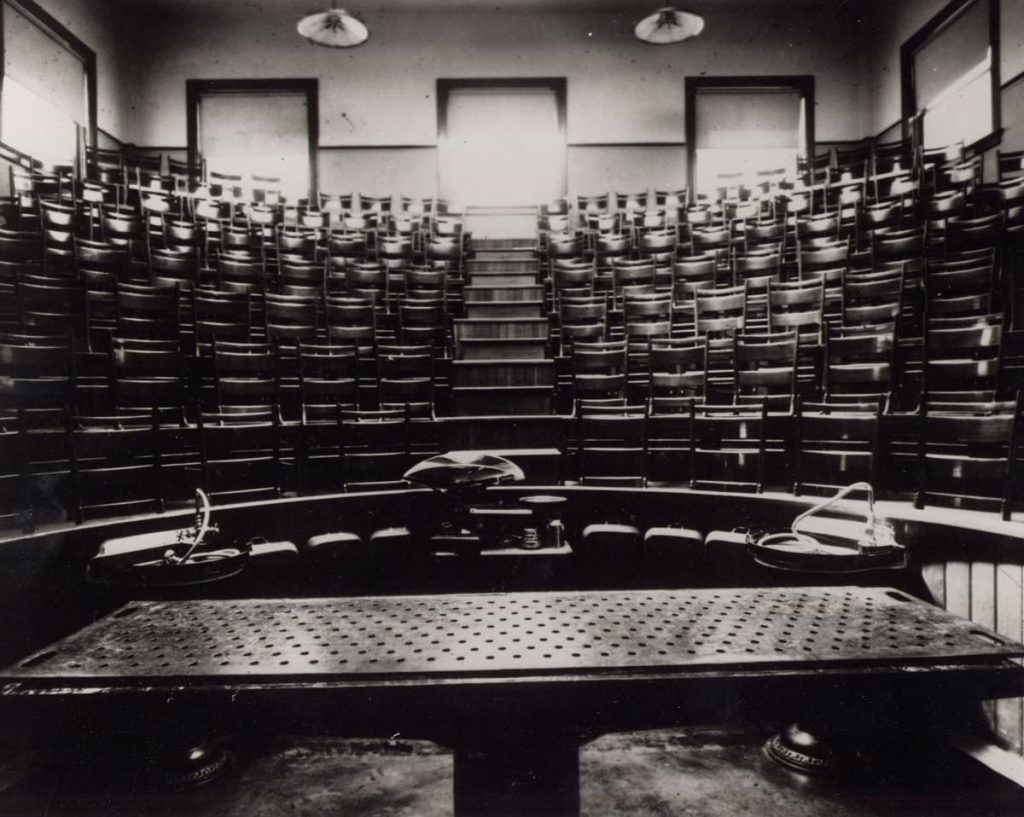
Old Pathology Building
In 1893 the superintedent of the hospital came up with a radical idea for the time — they could study the patients and their mental illnesses, like they did with other diseases, and find out what caused them and how best to treat them. The Old Pathology Building opened in 1896 as a cutting-edge research facility dedicated to researching the causes and treatments of conditions like schizophrenia, depression, general paresis, hysteria, alcoholism, senile dementia and epilepsy.
The building remained open as a working laboratory until 1968, when funds ran out to continue to run it. Within a year, it reopened as a musuem, with all of the equipment remaining just as it had been as a lab. The Old Pathology Building is the oldest surviving pathology facility in the nation and is on the National Register of Historic Places.
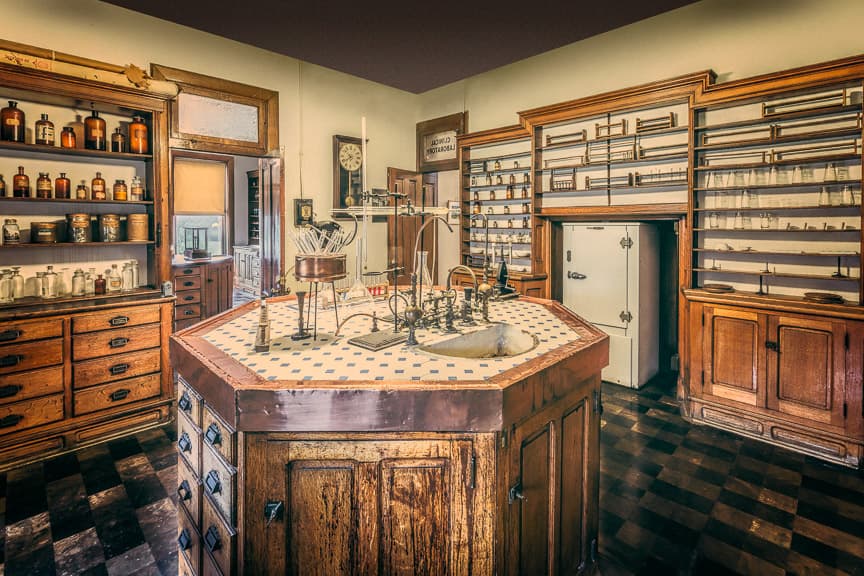
Visiting the Musuem
Visiting the Indiana Medical History Museum is literally like stepping back in time because the scientifically equipped interior of the building was left virtually intact and untouched when it closed as a working lab. The museum only offers guided tours because everything is out in the open. Nothing is behind glass or behind ropes. Visitors can get the full immersive experience of a pathology hospital.
Visitors can explore the:
- teaching amphitheater
- laboratories for bacteriology, clinical chemistry, histology, and photography
- library, reception room, and records room
- autopsy room
- anatomical museum, which houses preserved specimens — mostly brains — organized by pathology
- exhibit dedicated to family physicians who practiced in the Hoosier Heartland, featuring the intact office of Dr. Marion Scheetz of Lewisville, Indiana
Learning Patient Stories
Since so much of the treatment of mental illness throughout history really dehumanized the patient, the Indiana Medical History Museum wanted to be able to tell the stories of the patients and humanize them. In 2015 they began doing research on the specimens to learn who each of the patients were, how they became institutionalized, what their symptoms were, and how their symptoms impacted their daily lives. Now the exhibit contains now only the clinical story of each specimin, but also the human story as well. They also commissioned a play based on the memoir of a patient who was there in the early 1880s, created a reading of a memoir of a patient who stayed there twice in the 1940s and again in the 1950s ready by the woman’s granddaughter, and added an exhibit about the hospital’s closure based on patient-written newsletters from the late 1980s until 1994.
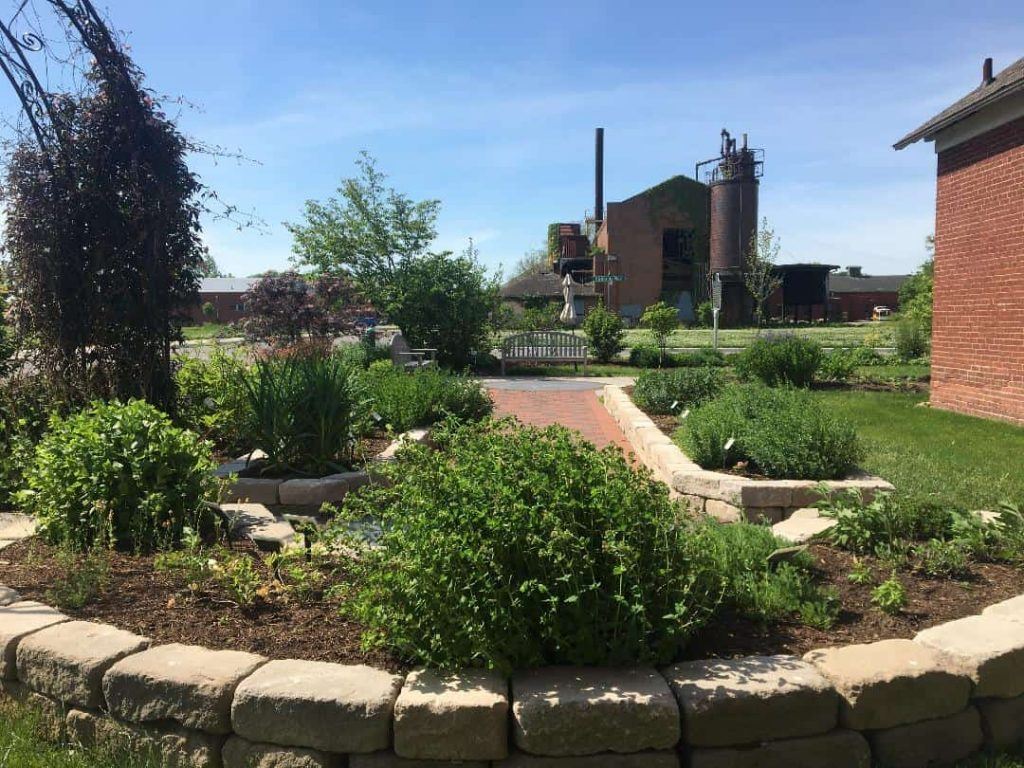
Medicinal Plant Garden
Visitors can also tour the Medicinal Plant Garden, which features over 120 different medicinal plants, including trees, shrubs, vines, annuals, and herbs. About half of the specimens have Native American origins, with the other half coming from Europe, Asia, and Africa. The garden is meant for educational purposes, not prescriptive.
While in Indianapolis
Indianapolis is full of musuems and other fun attractions for individuals and families. Here are a few of the other not-to-miss sites:




